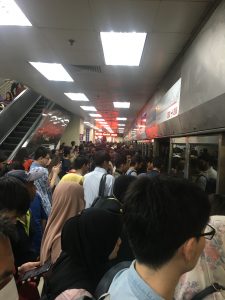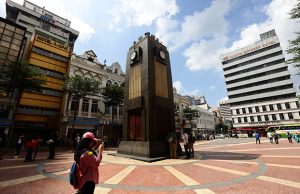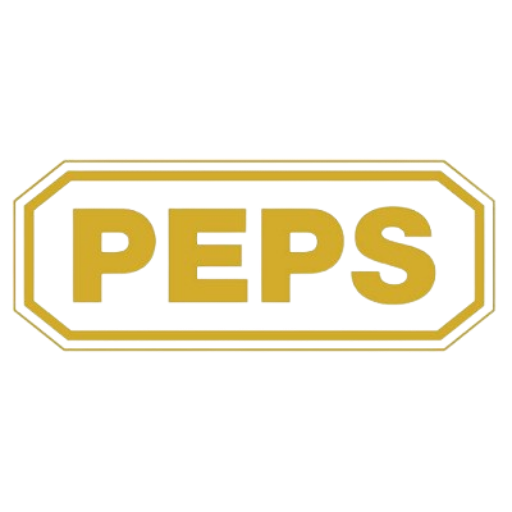What constitutes a high-quality housing area? Improving housing quality calls for the creation of a holistic and wholesome environment for the dwellers to go about their lives as smoothly and safely as possible. A smart approach is key, and the new National Housing Policy or DRN (2018 – 2025) has its focus locked towards increasing liveability and sustainability of all housing areas nationwide.
Increase urban sprawling

KL city centre is bustling with life during daytime. A study by ThinkCity in 2014 showed that 54,000 people work in KL but when night falls, there are less than 5,000 people in the city. Congestion is everywhere; on the road and even in LRT stations.
The need to commute in and out of the city daily results in high cost of living. Rising petrol price and transport fares don’t help either. Hence, there’s a need to control the local urban sprawl. This will not only allow young working professionals to save more, it will also greatly contribute to the city’s economy.
Urban rejuvenation

Too many old buildings falling into disrepair while newer developments sprout out further from the city. One way is to embark on an urban rejuvenation or gentrification scheme where old and disused buildings can be repurposed.
A good example of city rejuvenation and space activation programme was exhibited by ThinkCity Kuala Lumpur in early 2018. With the aim of activating underutilised spaces, their idea of communal living and utilising older commercial buildings as residential units are refreshing and innovative.
This however, will require a review of en bloc sales regulations. According to a report by Edge Markets, only en masse sale is viable in Malaysia as there is no legal provision for en bloc sales of strata properties.
PEPS Malaysia believes that feasibility studies for urban re-gentrification should be actively considered by the government. As reported by Focus Malaysia, more needs to be done to maximize the outcomes of the current and on-going efforts of KL’s revitalization.
These studies involve ascertaining the highest and best use of existing developments – skills that members of PEPS, private property practitioners in areas such as property management, valuation and real estate soles can substantially contribute to.
Despite the many challenges we face, urban renewal programme is seen to be one of the smartest ways to solve problems like home ownership and maintaining healthy value in the market. Rejuvenated cities with better streetscapes will also benefit tourism, contributing to better value. Eventually, we can increase the number of inner-city dwellings; not just limited to high-end residentials around KLCC.
It’s about time we breathe new life into the property market and execute proactive measures as we move forward to a better tomorrow. Thus, we must work collectively with various agencies to solve issues and create sustainable growth.


